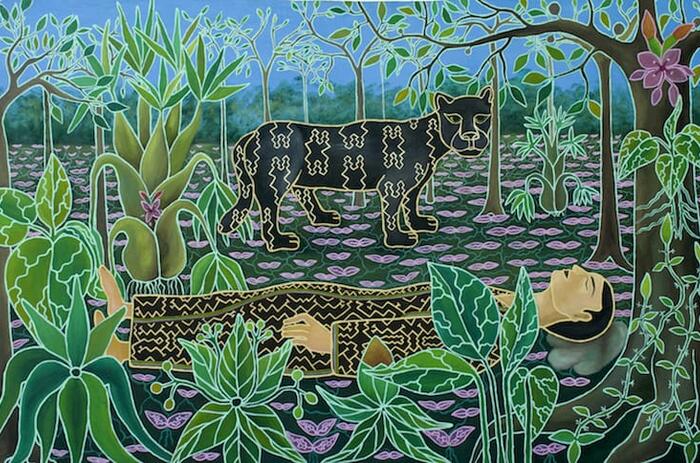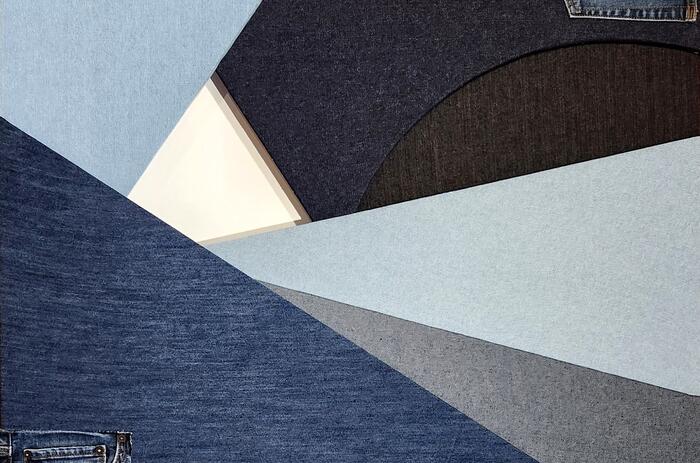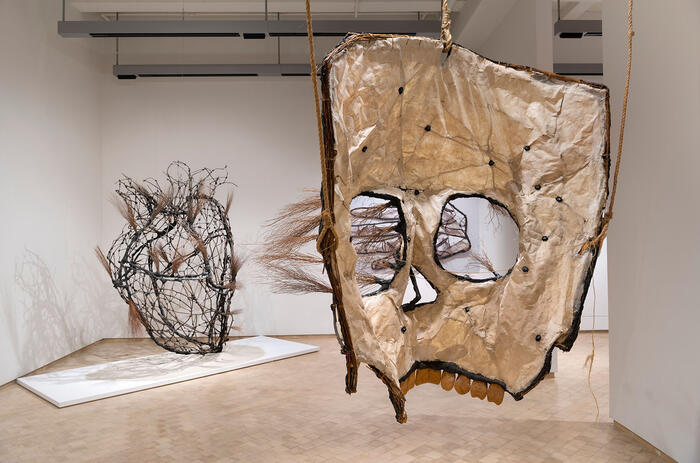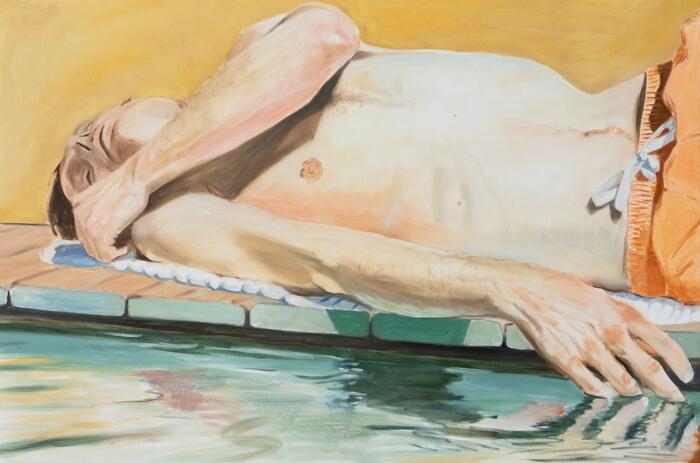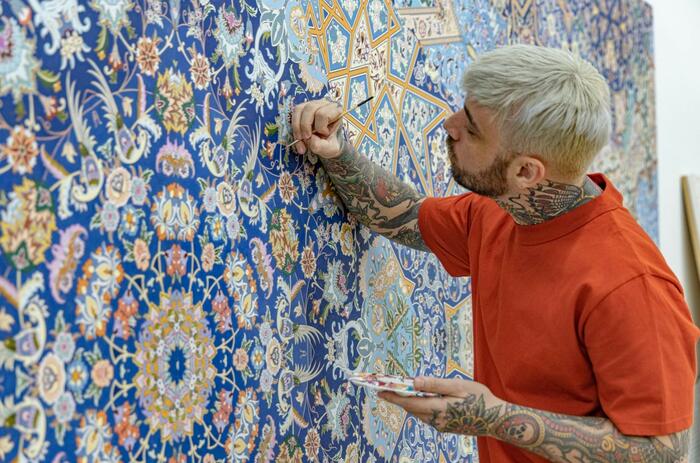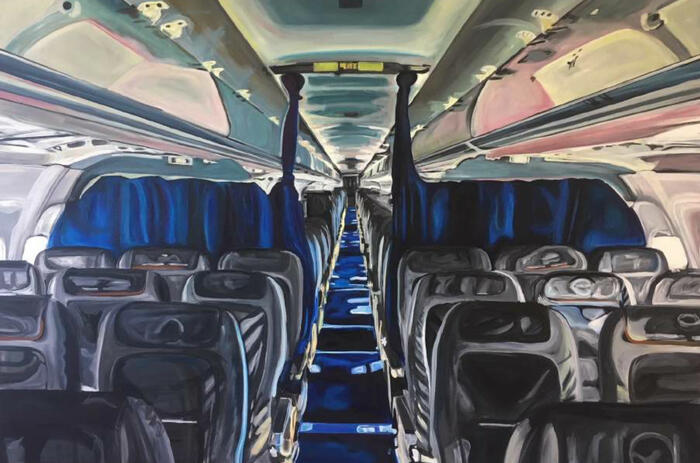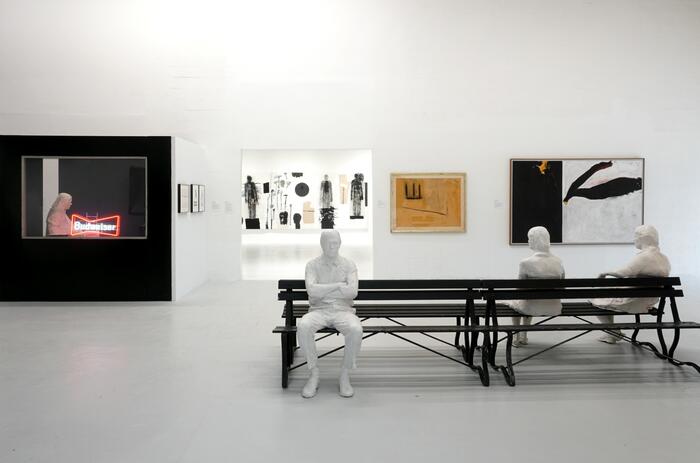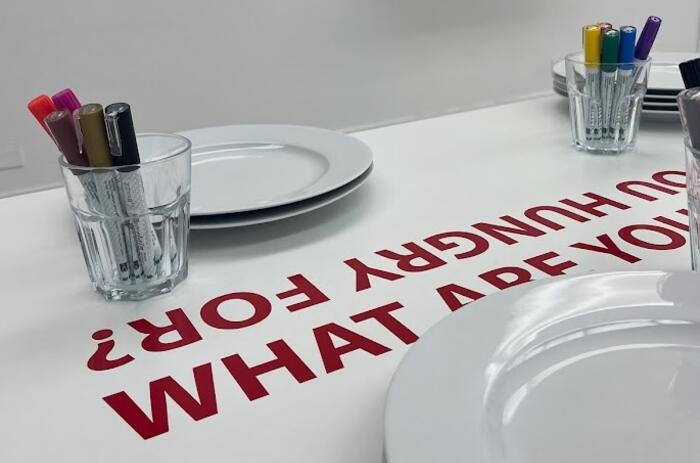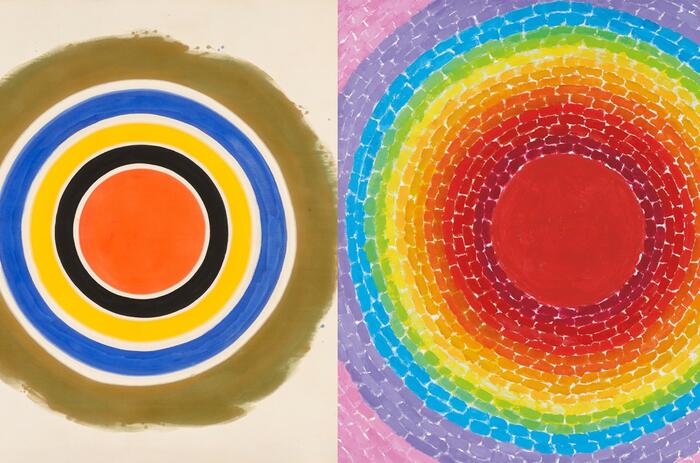A COLLECTIVE EXPLORATION ON TEXTILE TRADITION
To Weave the Sky: Textile Abstractions at Espacio 23 celebrates numerous textile-based works from the Pérez collection –many of which have never been publicly exhibited before – and engages these acquisitions as focal points from which to structure creative dialogues with artworks presented in other mediums.
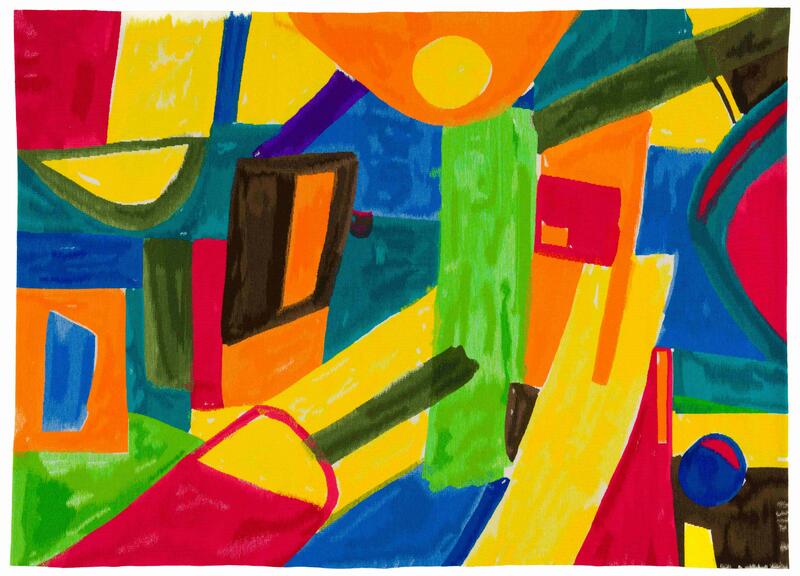
Featuring works from over 100 intergenerational artists from around the world, To Weave the Sky is inspired by weaving’s traditional ties to abstraction and geometry, landscape and the organic, tactility and intimacy, and indigenous cosmologies and ritual. Curated by Tobias Ostrander in close dialogue with curators of the Pérez Collection, Patricia M. Hanna and Anelys Alvarez, the exhibition attempts to uncover contemporary fascination with the medium – one that has been historically marginalized to the genre of craft within Western art contexts.
"Art will always serve as a universal language that helps bridge cultures and brings people together," said Jorge M. Pérez. "Textile works in particular open up a unique window into many diverse traditions, showing how everyday materials and timeless craftsmanship can come together to inspire new, unique methods of creative expression. We look forward to the meaningful dialogues that will come about as a result of this latest show."
To Weave the Sky features five distinct sections, all of which contribute to the overall exploration of textile abstractions. The first section, Chromatic Structures, celebrates the "color-blocking" present in many of the works displayed and how they articulate a dynamic play between the sensuality and optic dynamism of strong color and the mathematical rationality of geometry. Works include those by renowned artists such as Kenneth Noland, Gene Davis, and Frank Stella, as well as younger artists such as Patrick Dean Hubbell, Ad Minolitti, Candida Alvarez and Miami-based Frances Trombly.
Landscape Gestures –the second section– explores aesthetics that connect formal abstraction to land, textiles, organic materials and rectilinear patterning. It takes inspiration from several abstract expressionist artists who were directly inspired by landscape and wove paint across their surfaces in gestures that recall the rhythmic rituals of weaving. This section includes paintings by Helen Frankenthaler, Joan Mitchell and Lee Krasner, as well as contemporary weavings by Igshaan Adams, Sanford Biggers, Nnenna Okore and Kapwani Kiwanga.
The third section Spiritual Constellations analyze the many ways in which Indigenous cosmologies that tie weaving to spiritual knowledge are a starting point to many of the works. Gold is engaged in several works as both an alchemical material and a Pre-Hispanic and Spanish Colonial symbol of divine light. Relations between knots, numerical sequences and astrology are evoked in multiple pieces. Weavings in the form of nets link several works to rivers and their cultural significance as sacred and life-giving sites. Andean traditions that recognize woven fabrics as living "beings," whose organic fibers contain vital energies, are references for additional works. This section includes works by Olga de Amaral, Rubem Valentim, Sheila Hicks, Ernesto Neto, Eamon Ore-Giron and Carolina Caycedo.
The fourth section, Political Fabric, presents works that engage fabrics, felt, clothing and embroidery to describe recent political situations and histories. Multiple works address displacement and migration conflicts, while others speak to feminist protest and activism. Tapestries, as ancient narrative forms, are engaged to depict examples of contemporary economic and political violence. Works by Teresa Margolles, Reynier Leyva Novo, Laura Lima, Ellen Lesperance and Ana Gallardo are showcased.
At last, in Threadbare, there is a use of the metaphor of a threadbare fabric to present works that speak to emotional exposure, addressing issues of identity and psychological vulnerability. There are references to the bare human body, to Freudian traditions of exploring the self, and to beds and quilting as sites of both storytelling and desire. This section includes pieces by Faith Ringgold, Ghada Amer, Philip Pearlstein, Guillermo Kuitca, Małgorzata Mirga-Tas, Yanira Collado and Bisa Butler.

